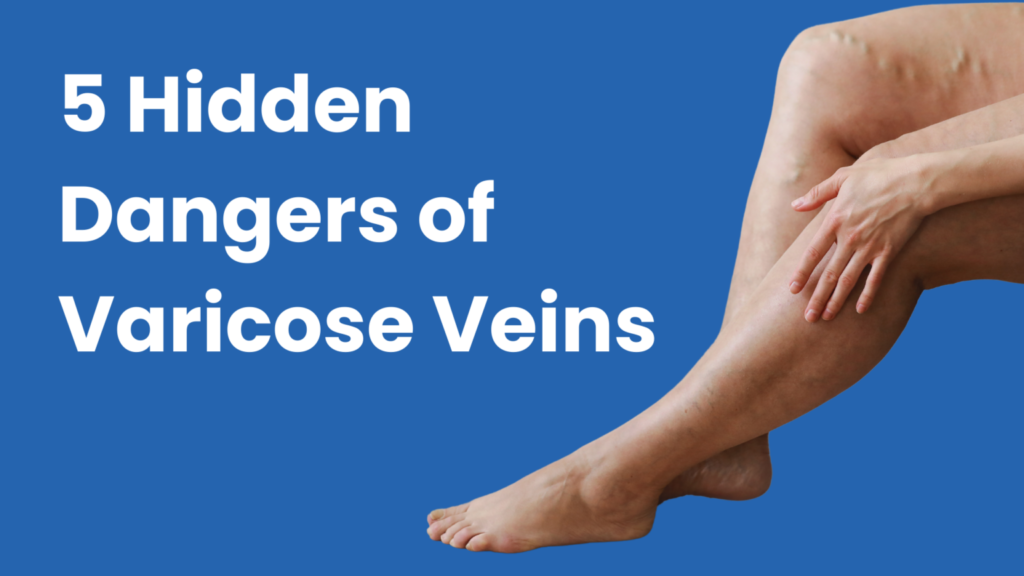You’ve been experiencing some pain in your leg(s) and you can’t, for the life of you, figure out why. There’s no obvious injury, but the pain is persistent.
When your body is in pain, it’s usually trying to direct your attention to a problem. When it comes to unexplained leg pain, that problem may have to do with your blood vessels.
In this month’s blog post, board-certified cardiologist Dr. Ariel Soffer and the team here at Soffer Health Institute want to focus on a few common culprits behind cardiovascular-related leg pain. And, when you read to the end, we’re sure you’ll agree that ignoring leg pain may not be a great idea.
Table of Contents
TogglePeripheral artery disease
One of the primary culprits behind vascular-related leg pain is peripheral artery disease (PAD), which affects about 6.5 million people age 40 and older in the United States.
PAD is a condition in which the arteries that deliver oxygenated blood to your legs are blocked, which limits circulation to your lower extremities. As a result, you can experience pain, aches, or cramps in your legs — in your calves, thighs, buttocks, and hips.
Leg pain due to PAD usually flares when you’re active and goes away when you rest.
Other signs of PAD include cold toes, smooth patches of skin on your legs and feet, and slow-healing wounds.
Deep vein thrombosis
Another driver of leg pain that stems from a blood vessel problem is deep vein thrombosis (DVT), which is a clot in one of the deep veins in your leg. While 30% of people with DVT don’t feel any symptoms, the rest can develop:
- Pain and/or tenderness in your leg
- Swelling
- Redness
A good way to differentiate DVT leg pain is to understand that it would only develop in one leg.
Superficial vein thrombosis
If you develop a clot in one of the surface veins in your legs, it’s called superficial vein thrombosis. These thrombosed veins can be painful, and you may also develop inflammation and redness in the area of the clot.
Varicose veins
There are times when varicose veins can lead to symptoms, such as cramping, a dull ache, and/or itchiness in your lower legs.
When to get help for leg pain
The list of potential suspects when it comes to leg pain certainly doesn’t end with what we’ve reviewed above, but our goal is to give you an idea about the types of conditions that can lead to discomfort.
As we’ve already mentioned, any time you’re in pain, it’s a good idea to seek our help so we can relieve your pain, first and foremost. Beyond pain relief, it’s also important because if you have PAD or DVT, these conditions can lead to serious complications, such as heart attack and stroke. Through early detection and intervention, we can take steps to prevent those unthinkable outcomes.
For expert evaluation of your leg pain, we invite you to contact one of our offices in Weston or Aventura, Florida, to set up an appointment.



